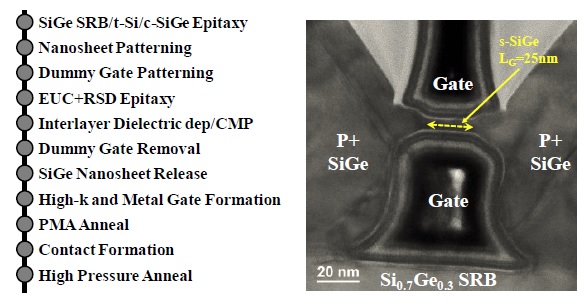Let's do simple calculation:TSMC is manufacturing the newest and most advanced smartphone SoCs from MediaTek and Qualcomm that Samsung smartphones use. It means Samsung's revenue and profit are tightly depending on TSMC's yield, cost, quality, and performance. Turn around Samsung smartphone sales affects TSMC's revenue and profit too. It's really a small world.
Samsung smartphone division generated $24 billion sales out of $52.6 billion Samsung's Q1 2024 revenue.

Galaxy S25 Rumored To Be Tested With An Unnamed MediaTek Chipset, As High Qualcomm’s SoC Prices Possibly Forcing Samsung To Seek Alternatives
A sketchy rumor claims that Samsung is testing one Galaxy S25 model with a MediaTek chipset to bring down its costwccftech.com
Assumption:
1. AP chip costs ~US$100, GM for AP vendors to be 30%, mobile phone unit price to be US$1500
2. tsmc quarterly revenue: US$18.87B in 2024Q1
3. 50% of Samsung smartphone revenue used chips manufactured by tsmc
Then:
1. $24Bx50%=US$12B; 12B/1.5k=8.kk units, 8Mx(US$100*0.7)=US$0.56B
2. tsmc revenue related to Samsung: 0.56/18.87=2.97%. IF Samsung used 100% tsmc chips, it will be ~6%
3. I believe the number above is over-estimated.
Samsung smartphone revenue might affect tsmc revenue and profit, but it seems negligible.






